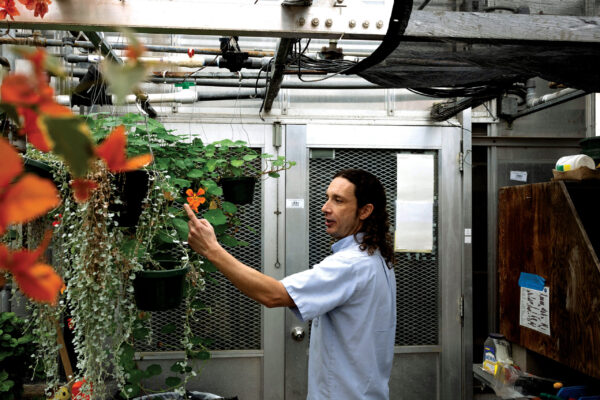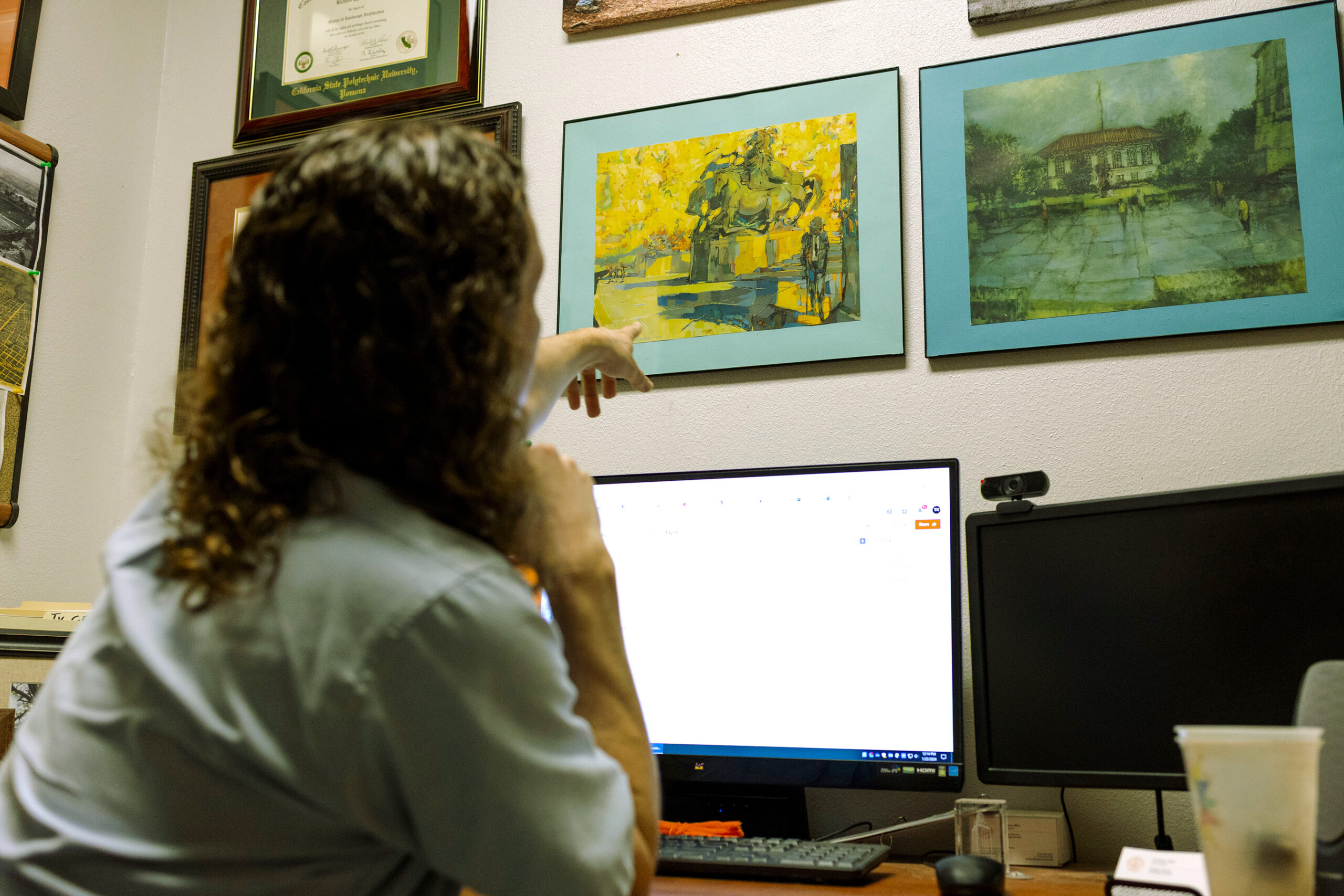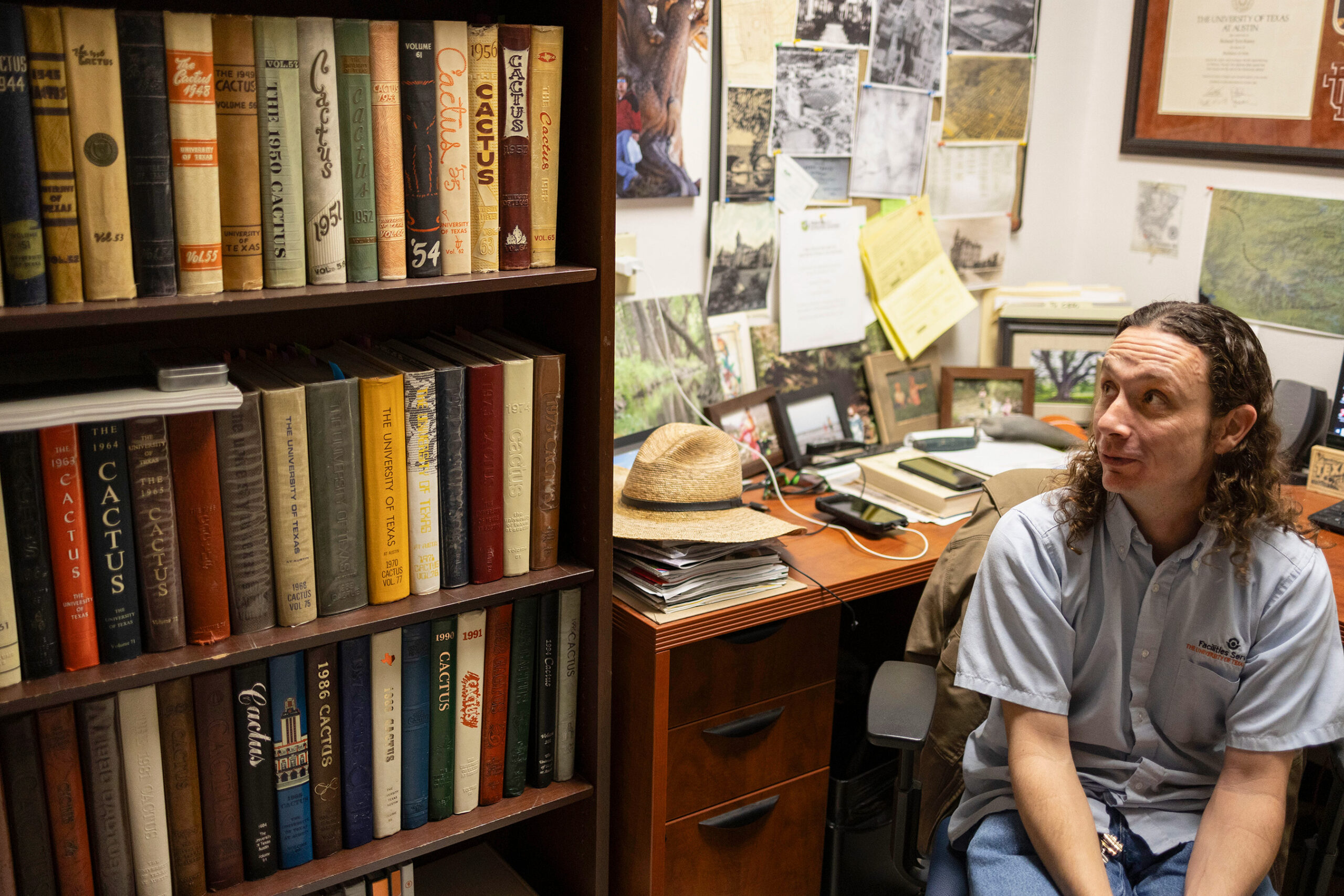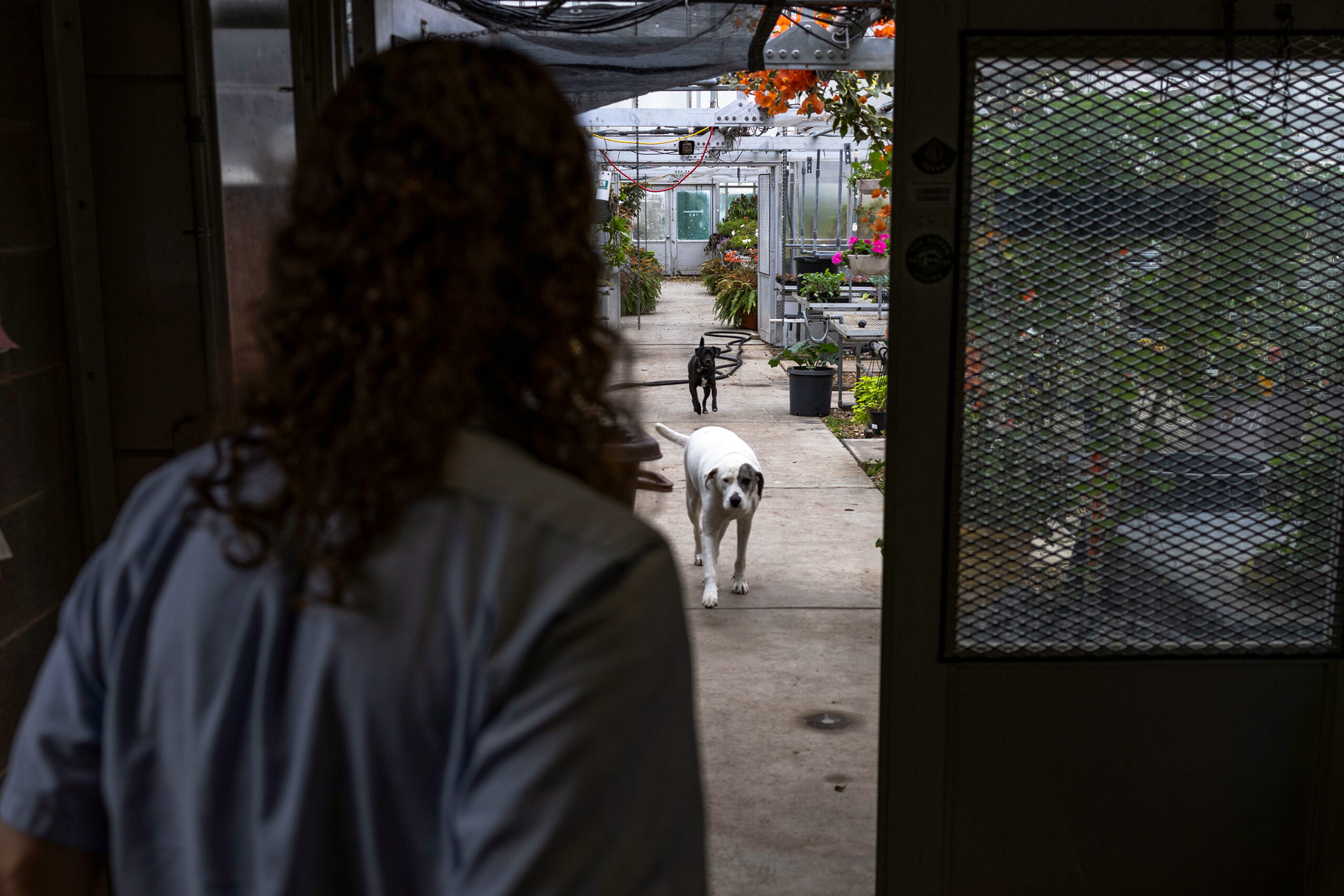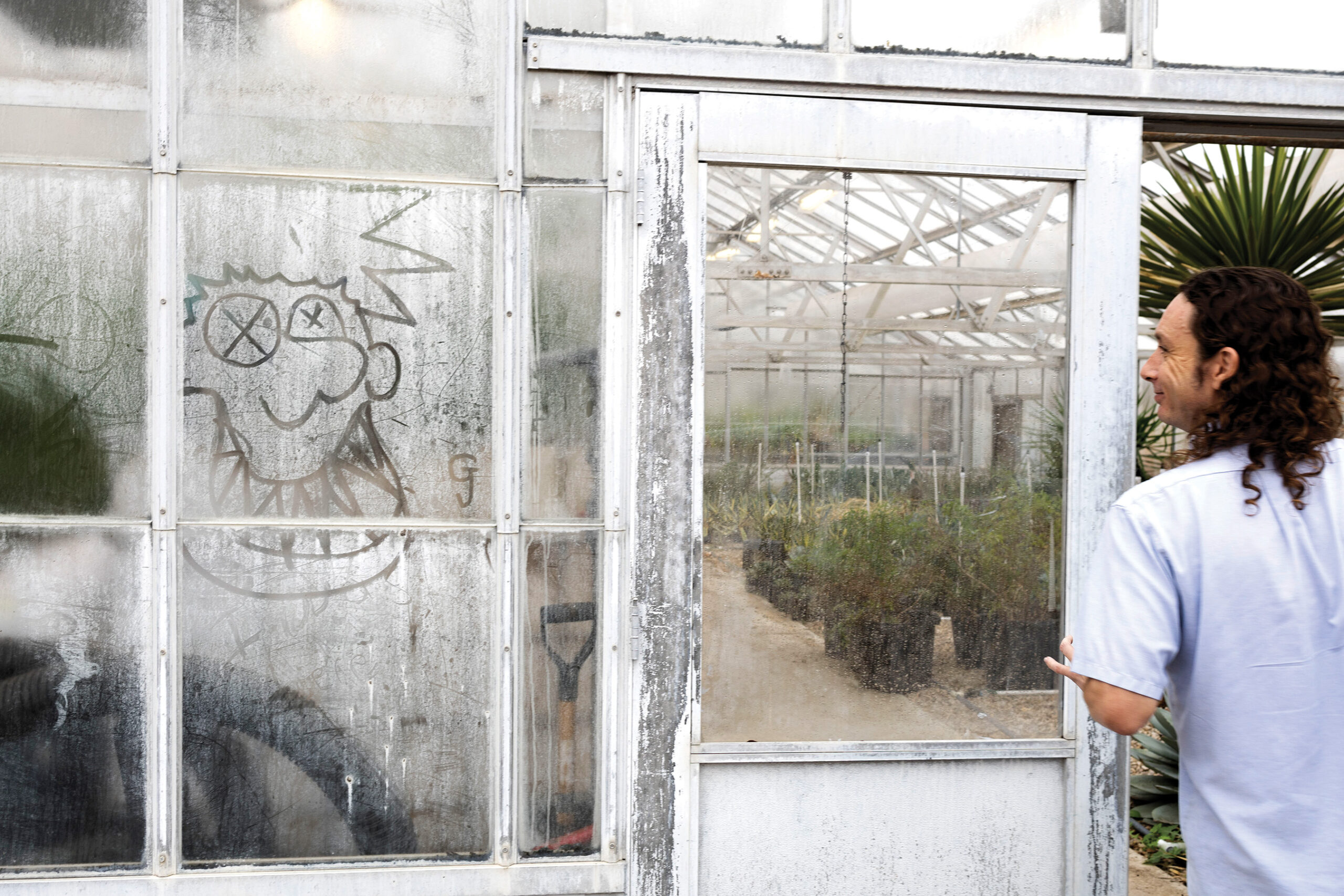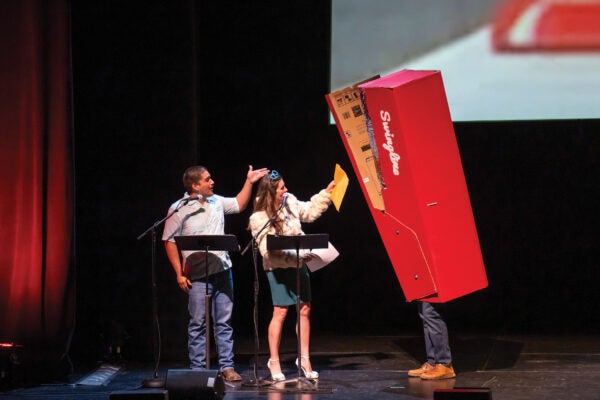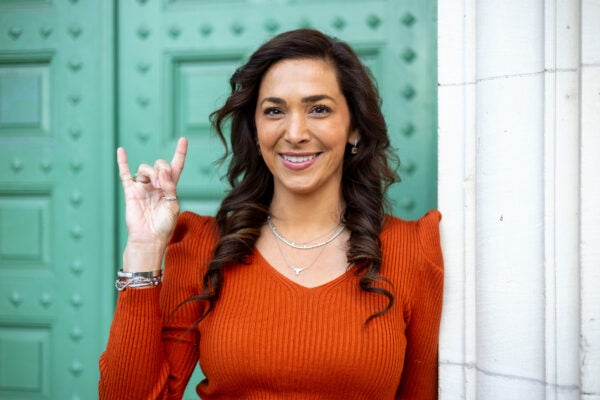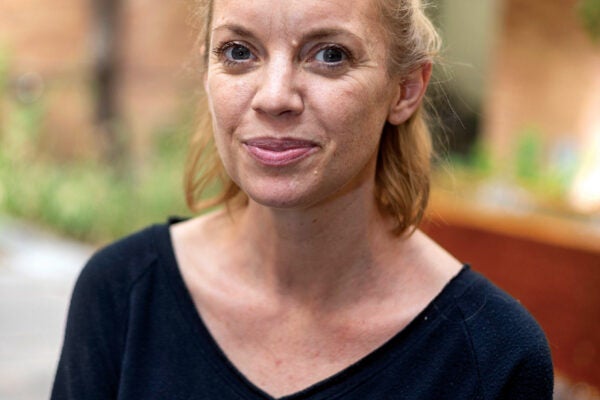As a child, Ty Kasey would visit The University of Texas with his father. The two would walk along Speedway before getting burgers at Dirty’s or seeing the Longhorns compete. Even before he was accepted to study botany at UT, Kasey felt a deep connection to the campus and its environment.
“I’ve always had a lot of pride and identification with the campus,” he says. “Now I get to be a steward of it.”
Kasey is now a horticulturist, landscape architect and the de facto landscape historian for UT. Kasey and other members of the landscape services team build and maintain environments for Longhorns to enjoy while considering sustainability and native plant life.
For over 20 years, nearly 10 of which have been at the University, Kasey has been amassing experience designing and installing natural environments. He says landscape architects usually work in offices planning and organizing possible landscapes, but he’s chosen a different path.
“Most days, I’ll spend the entire day in the field, in the mud with the plants. I’ve been coming up with ideas and seeing it through to the installation,” Kasey says.
Along with staying outside as much as possible, he uses his expertise as a landscape historian to shape future landscapes around campus. He says that since coming as a kid, he’s wanted to know about every little spot on campus and what it looked like decades ago. Kasey has distinguished himself on campus by creating a personal collection of nearly 100 volumes of Cactus yearbooks. He says he’s passionate about understanding what spaces have been used by students historically and ways his team can consider that with their work.
“We walk across stones on campus that generations of students have walked across,” Kasey says. “The photos I find are little windows in time for the place I still care for today.”
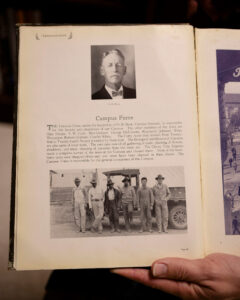
Lisa Lennon, another UT graduate and member of the landscape design and installation team, says that knowing the history of an environment plays a massive role in any work they do. Lennon is the lead landscape architect for campus and has worked closely with Kasey for close to nine years, and she says they share a love for the natural environment on campus.
“I went to UT years ago, so I have an extra layer of passion and love for the University — much like Ty,” Lennon says. “He and I are kindred spirits, so we’re fortunate enough to be on the same team.”
Although Kasey says he loves the entire campus, there are certain areas that have made an especially significant impact on him. Waller Creek is one of the spots where Kasey has put in considerable work restoring and protecting the environment. Kasey says he’s found decades’ worth of photos that show students sharing his love for this natural landscape. When there was an invasive species problem in the creek, he did his homework to bring back native plants and make it safer for students at the same time.
“I want to understand the connection that students have had for decades within a space, but we also want to use alternatives and have sustainable modern landscapes,” he says.
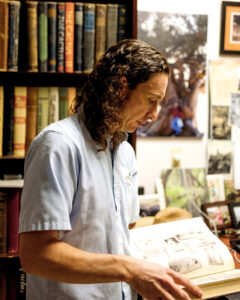
Through Kasey’s research and passion for history, he’s developed extensive knowledge about every tree and plant bed on campus. With the changing climate, however, his team must move further away from tradition. Lennon says they want the campus environment to leave a lasting impression on visitors, students, and staff and faculty members alike, but working in Texas has its challenges. Many of the plants her team were once able to use are no longer suited for the dry heat of Austin.
“We want people to start thinking about how climate change is affecting our landscape because we want to be able to do the right thing by our environment,” Lennon says.
As the environment and its needs have changed with the years, Lennon says that the landscape services team thinks of new ways to adapt its methods every day. From relocating plants instead of trashing them, to growing their own plants and diverting a lot of waste in the process, both Lennon and Kasey say that every change, big or small, makes a difference in the trajectory of the environment.
“If everybody did a small little thing, just think about the big picture, how our climate could start shifting with us,” Lennon says.
Kasey says that every time he finds a photo of students doing homework under a tree in the plaza or professors in conversation by the creek, his love and admiration for the University grows.
“It makes me happy to still be on the campus day after day and watch the sun rise over the Tower,” Kasey says. “I hope our work benefits everyone here so that they care about it like I do.”
